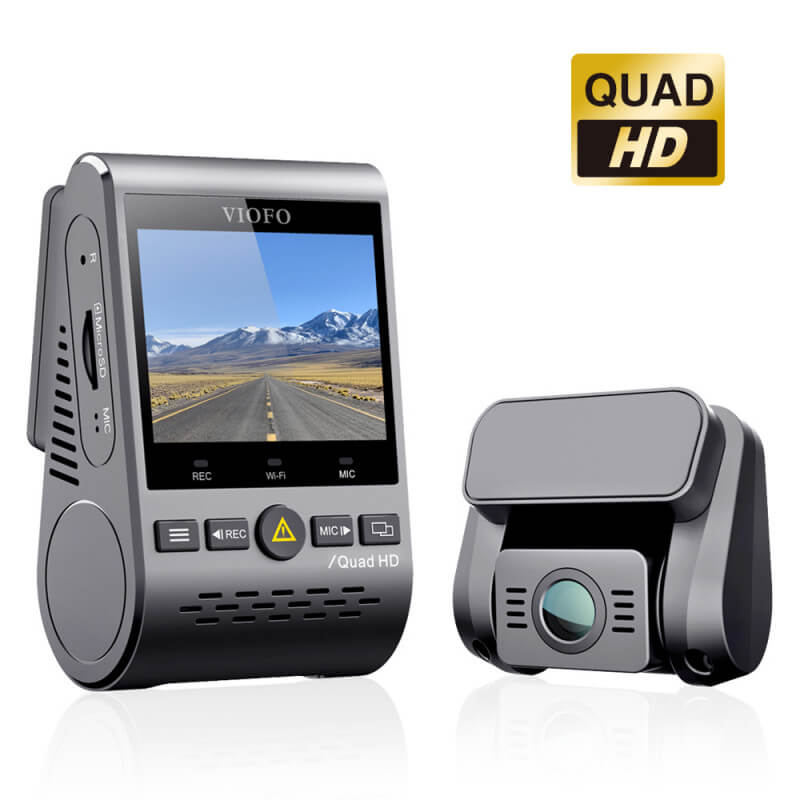Hey,
I'm thinking of buying the A129 Plus Duo, and adding a cpl filter to the front cam (i don't want a dashmat).
Main reason i was looking into the A129+ is that it can record 2K@60 fps. My thought here was that with 60 fps you get more frames. So if a oncoming car is within "licence plate reading distance" for, lets say, 0.2 seconds, you get more frames to read the license plate than with 30fps. Also the shutterspeed has to be faster with 60 fps so in theory the image should be less smeared, thus more readable. Can anyone confirm if my conclusions are plausible?
Then the second question, a cpl filter always absorbs some of the incoming light, leaving less light for the imagesensor. So would it be wise to add a cpl filter with 60 fps for night conditions? Has anyone tried that? Or is 60fps killing for nighttrips because half the light is available for every sensorpixel (compared to 30fps)?
And a third question, maybe not in the right topic, but the70mai A800S is available for just 97 euros on Ali, that's almost 50 euros cheaper than the A129plus atm (€144.95 in Netherlands)
It has a 4K sensor but in comparison video's i've seen that the A129+ had better license plate readability on fast moving cars. Theory is that the incoming light is divided over more pixels, leaving less light per pixel. Would the 800S maybe be better when set to 2K@60FPS?
I'm thinking of buying the A129 Plus Duo, and adding a cpl filter to the front cam (i don't want a dashmat).
Main reason i was looking into the A129+ is that it can record 2K@60 fps. My thought here was that with 60 fps you get more frames. So if a oncoming car is within "licence plate reading distance" for, lets say, 0.2 seconds, you get more frames to read the license plate than with 30fps. Also the shutterspeed has to be faster with 60 fps so in theory the image should be less smeared, thus more readable. Can anyone confirm if my conclusions are plausible?
Then the second question, a cpl filter always absorbs some of the incoming light, leaving less light for the imagesensor. So would it be wise to add a cpl filter with 60 fps for night conditions? Has anyone tried that? Or is 60fps killing for nighttrips because half the light is available for every sensorpixel (compared to 30fps)?
And a third question, maybe not in the right topic, but the70mai A800S is available for just 97 euros on Ali, that's almost 50 euros cheaper than the A129plus atm (€144.95 in Netherlands)
It has a 4K sensor but in comparison video's i've seen that the A129+ had better license plate readability on fast moving cars. Theory is that the incoming light is divided over more pixels, leaving less light per pixel. Would the 800S maybe be better when set to 2K@60FPS?

